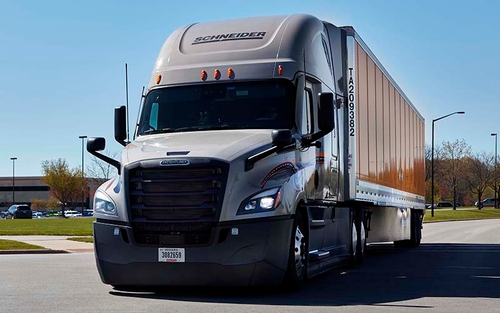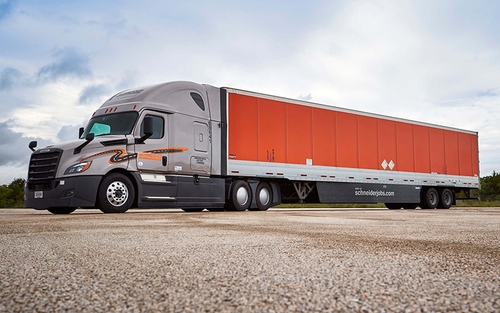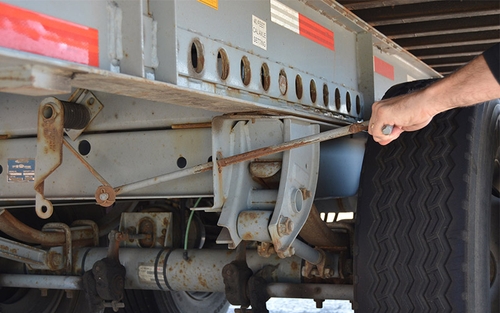Estimated reading time: 2 minutes
Weigh stations can be found all over the nation’s highways, but if you are new to the transportation industry, you might not know exactly what they’re for.
Keep reading to find out how weigh stations keep roads and drivers safe and what to expect when stopping at one.
What is a weigh station?
Truck weigh stations are checkpoints where officials inspect the weight of commercial vehicles. Weigh stations use scales to ensure vehicles follow Department of Transportation (DOT) regulations.
Weigh stations are located along highways, often near state borders. Weigh stations at borders are called “ports of entry,” and are located there because each state has its own vehicle weight regulations.
What are weigh stations for?
The purpose of weigh stations is to prevent roads and bridges from being damaged by overweight commercial vehicles. Overweight vehicles can cause significant damage compared to regular passenger vehicles. To limit their impact, the government uses these stations.
Some of the safety risks associated with operating an overweight vehicle include:
- Tire blowouts.
- Longer braking times.
- More difficulty controlling the truck.
- Increased chance of a rollover.
Weigh stations also help ensure safety for all drivers on the road by checking that vehicles are well maintained and not at risk of breaking down.
Do semi-trucks have to stop at every weigh station?
Yes, commercial vehicles over 10,000 pounds must stop at any open weigh stations along their route. If a driver does not stop at an open weigh station, they could be pulled over and fined. Drivers can tell if a weigh station is open by using the road signs leading up to it or checking mobile apps ahead of time.
Why do some trucks not stop at weigh stations, then? Because some drivers, typically with good driving records, have pre-approved passes. These passes allow them to legally skip weigh stations.
What happens at a weigh station?
Weighing procedures and regulations
At weigh stations, drivers either roll over a weigh-in-motion scale or stop on a traditional scale to be assessed. The assessment is typically done by a highway patrol officer or an official from the DOT or the Department of Motor Vehicles (DMV).
Three of the potential weight violations are:
- A gross weight of over 80,000 pounds.
- A single-axle weight of over 20,000 pounds.
- A tandem-axle weight of over 34,000 pounds.
If a vehicle isn’t violating any regulations, it will be allowed to proceed. If a vehicle is found overweight, consequences include:
- Fines.
- A delay of service.
- Potential impact to the driver's Compliance, Safety and Accountability score.
Other elements of a weigh station inspection
Weigh stations don’t always just check the weight of the vehicle. On occasion, the officials at a station will stop a vehicle to conduct an inspection. There are six levels of DOT inspection that can be performed at a weigh station that drivers should be familiar with.
These inspections check both the driver and vehicle for issues such as:






